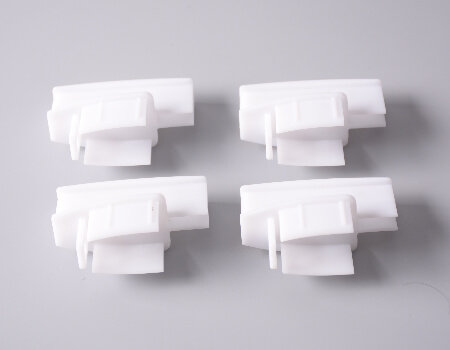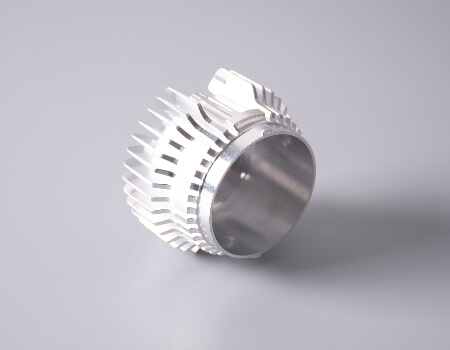3D printing is an additive manufacturing process. It has found its way into almost every industry. From the automotive industry to the fashion world, it has improved the way companies in a wide range of sectors develop new products.
But long before 3D printing revolutionised prototyping, CNC (computer numerical control) machining dominated the manufacturing world. If your job is to design or develop physical products, CNC machining, a subtractive manufacturing process, is probably part of your prototyping process. And switching from 3D printing to CNC machining may be easier and more beneficial than you think.
To produce a successful product, it’s important to understand these two fundamental manufacturing technologies and how best to use each at different stages of your development cycle.

3D printing continues to revolutionise hardware development, giving individuals and corporate teams alike access to fast, affordable prototypes.
With 3D printing, teams can iterate designs on a daily basis at a fraction of the cost of other prototyping methods. This allows teams to concentrate solely upon moving quickly from digital to physical at an early stage of design development.

CNC machining is a more traditional way of producing parts using subtractive manufacturing (i.e. taking a volume of material and cutting it away). When considering CNC machining prototyping versus 3D printing, there are advantages to both. It takes longer to CNC machine a part than it does to 3D print one, but the final production quality and finish is generally superior with CNC machining.
CNC machining can be an excellent choice for producing prototypes. While one-off prototypes can be expensive, you can make huge cost savings as you move to higher volumes. Also, because CNC machining uses a solid block of material, parts are functionally stronger than 3D printed parts, which are prone to fracture along build layers due to small voids.
Sometimes 3D printed parts are machined using a hybrid approach. Once the part is out of the 3D printer, it is fed into a CNC machine to give the part tighter tolerances and a better surface. Combining 3D printing and CNC machining can improve CNC machining productivity and reduce material costs.